Let’s step off the cannabis farm for a minute and instead look to agriculture as a whole. The cannabis industry has picked up a lot of lessons from the farming world, and while taking a fallow year doesn’t yet appear to be a widely-adopted trend, this year may be different.
Fallow Years in Farming
Let’s start with the basics: what is fallowing? Put simply, a fallow year refers to leaving a field unseeded during a growing season, a year, or up to five years. Leaving the land without sowing for one, or several, vegetative cycles is done with one big goal in mind: to replenish nutrients.
As it’s not being actively “worked,” the thought is that leaving arable land to just do its own thing will allow it to recover, store more organic matter, retain moisture, and disrupt pathogenic lifecycles by removing their hosts (plants and seeds). Just like humans need time to rest and recharge, fallowing is done for many of the same reasons.
The sustainable land management method has been applied for centuries in many regions over the world, specifically North Africa, Asia, and the Mediterranean. They would often have a field divided into two halves. One would be planted with crops while the other half would remain unplanted, then the process was reversed in the following year. More recently, farmers in the US have begun implementing similar fallowing practices, too.
Fallow Land and Benefits
So, what’s the appeal—what are the fallow land benefits? In addition to supporting biodiversity, replenishing soil health, reducing input costs for the farmer, improving soil’s moisture holding capacity, and increasing nutrient and microorganism levels, a fallow year can also give the farmer a much-needed break.
In fact, this is where one of the few disadvantages of fallow systems comes into play (and what makes fallowing a somewhat controversial topic in some farming circles). With a portion, or even half, of crop fields left out of commission for a season, year, or more, it also means less income. For some farmers, the ecological, soil health, and biodiversity benefits don’t come close to outweighing the negative impact a loss in income would have.
For some though, there’s no choice but to adopt the practice of a fallow year, and absorb the income losses that come with it.
Cannabis and Fallow Land
Given the chaos of the past year, cannabis producers—especially craft cannabis producers—in California are considering the upcoming planting season as a possible time to experiment with fallowing. Between dropping prices, an influx of new, big players, and ever-changing regulatory hurdles, some farmers are contemplating a break from growing.
In Mendocino County, the process to fallow has changed a couple of times. Originally applicants had the option of filing a Notice of Application Stay (NAS) to prevent denial of a Phase One Permit application based on a one-year period of inactivity for the applicant. For those with permits already granted, a Notice of Non-Cultivation can be filed with a decision to cease cultivation for up to a year and do so once every five years.
The current process created by the Mendocino Cannabis Department (MCD) allowed cultivators (applicants and permittees) to submit a Notice of Fallowing. Then submit an Affidavit of Following. Unfortunately, the time period to submit a Notice of Fallowing and Affidavit of Following was short and punitive.
The Department of Cannabis control has not created a process for fallowing and this may put licensed cultivators at risk of being denied their state provisional licenses due to a lack of perceived compliance with track and trace regulations. As it currently stands, there’s no separate avenue for those practicing fallowing, meaning that to stay in the state’s cannabis tracking program, taxes and fees would still be required. While many agreed at a recent Mendocino County Board of Supervisors meeting that tax relief is necessary, the tax relief plan is still in the works. If a farmer has received a Local Entrepreneur Equity Grant then local cannabis taxes can be paid using the Permit Fee Waiver. This program like many other programs managed by the MCD has a strict deadline to submit applications and grant budgets.
There’s a lot up in the air for Giving Tree Farms, the other farmers who’ve joined us at the Hive Mendocino Cooperative, and Californian growers collectively who are gradually being squeezed out by an industry that caters to a few players with a lot of power and has exorbitant regulatory costs.
As of now though, we’re still in it—for all the right reasons. Consider setting up a Wholesale Account today to support a Simply Clean craft cannabis farm. We love what we do—and we hope to continue making a difference for our community, our plants, and cannabis as a whole.

